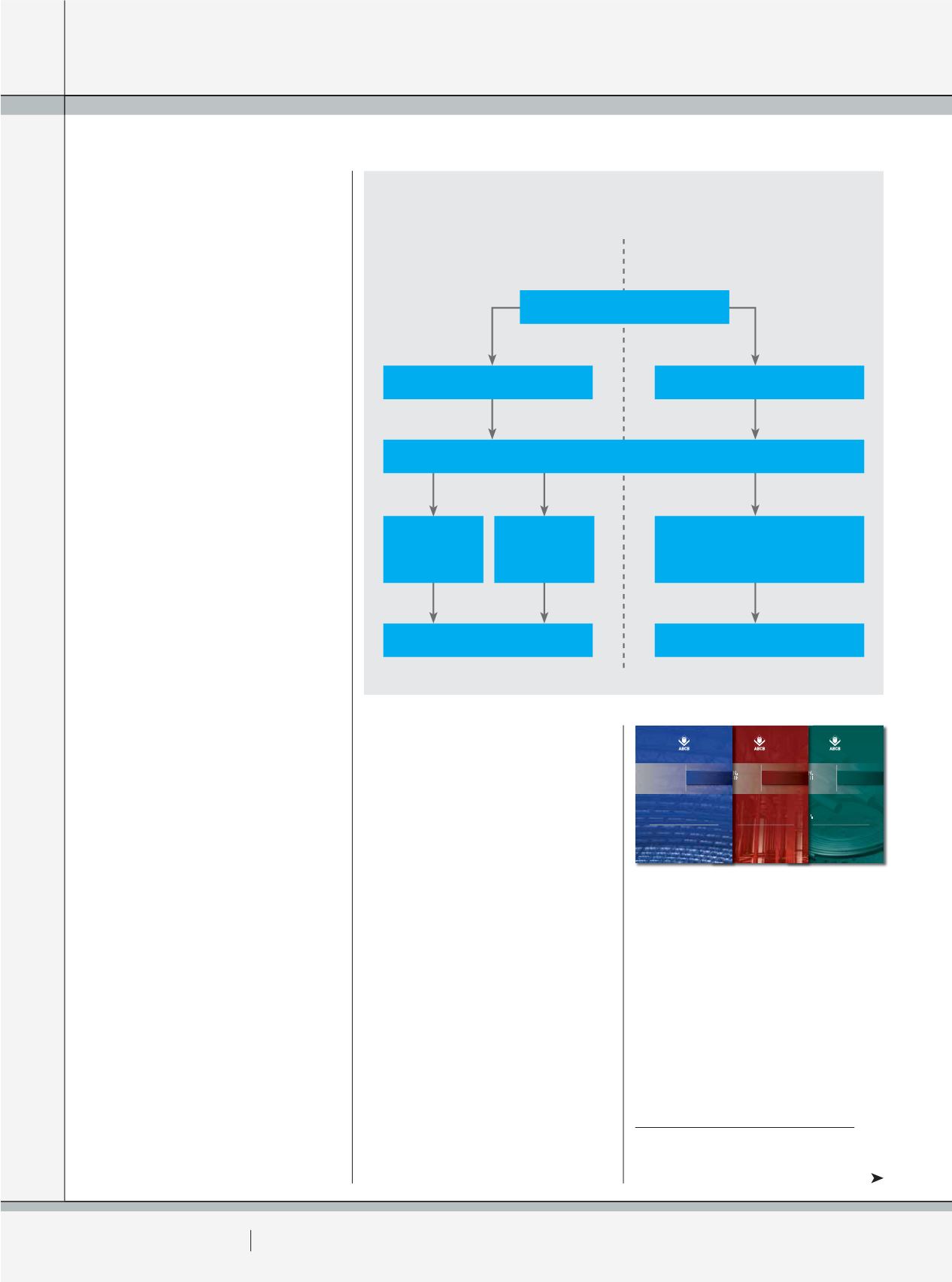

2 0
PLUMBING CONNECTION
SPRING 2016
supply were individually hand-stamped
for approval (yes, you read that
correctly).
Jeff recounted a story of personally
witnessing MMBW (Melbourne &
Metropolitan Water Board) employees
using a metal approval stamp and
hammer to imprint MMBW on the neck
of brass taps. The manufacturers had
to pay the MMBW for these ‘inspectors
of quality’ to come into the factory
a couple times a week. Other states
had similar requirements, so the
inefficiency was universal and quite
staggering by today’s manufacturing
processes.
When the WaterMark scheme
was introduced, suppliers became
responsible for their own product
quality, albeit supported by product
specifications described in various
Australian Standards and compulsory
third-party checks by independent
third parties such as IAPMO, SAI
Global and other product certification
assessment organisations.
As things have progressed,
government has built an ever
expanding compliance system across
this industry. However, as has been
experienced, water authorities and
state regulators don’t like giving up
their power to make local decisions and
we are left with even more complexity
at a local level. Thank God we don’t
have as many States as the US.
That’s enough of the history lesson;
we just thought it was worth putting a
few things into context.
REGULATORY FRAMEWORK
The diagram above clearly
demonstrates the chain of command
when it comes to plumbing regulations
in this country.
At the pinnacle of the chain is a state
or territory government with its own
power making Parliament. In general
terms the head of power to enforce a
plumbing regulation is usually driven
from an Act of that State or Territory
Parliament –In the case of Victoria it is
more specifically the Building Act 1993
from which plumbing and building
regulations derive. The Building Act
enables or transfers the power to
regulate to the regulator and then the
regulator establishes the standards
required into law.
Plumbing Regulations and Building
Regulations are driven by the NCC
Volumes 1 to 3 and it is here where
the detail of the subordinate technical
and functional requirements are used
in a big bag of subordinate regulation
where all the ‘how-to-do bits’ fit.
The Council of Australian
Governments (COAG) was set in place
to fix the issues of non-uniformity in
the industry, the Australian Building
Codes Board (ABCB) is not a regulator;
they sit off to the side but advise the
COAG on the major way forward. The
ABCB does not have any legislative
power but is the tool used to drive a
national framework for building and
plumbing.
NCC VOLUMES ONE TO THREE
The NCC is an initiative of the
Council of Australian Governments
developed to incorporate all on-site
building and plumbing requirements
into a single code. The NCC sets the
minimum requirements for the design,
construction and performance of
buildings throughout Australia.
NCC 2016 and all archived editions
of the code are available to be
downloaded on the ABCB’s website:
www.abcb.gov.au/Resources/NCC.NCC 2016, Volume Three is a uniform
set of technical provisions for the
design and installation of plumbing
COVER STORY:
REGULATION
BUILDING AND PLUMBING REGULATORY FRAMEWORKS
BUILDING REGULATORY FRAMEWORK
PLUMBING REGULATORY FRAMEWORK
PlumbingCode ofAustralia
VOLUME THREE
2016
NATIONAL
CONSTRUCTION
CODE
BuildingCode ofAustralia
Class 1 andClass 10Buildings
VOLUME TWO
2016
NATIONAL
CONSTRUCTION
CODE
BuildingCode ofAustralia
Class 2 toClass 9Buildings
VOLUME ONE
NATIONAL
CONSTRUCTION
CODE
2016
BUILDING ACT 1993
PLUMBING REFERENCED STANDARDS
E.G. AS/NZS 3500
BUILDING REFERENCED STANDARDS
PLUMBING REGULATIONS 2006
BUILDING REGULATIONS 2006
NATIONAL CONSTRUCTION CODE SERIES
PCA VOLUME TWO:
PERTAINS PRIMARILY TO PLUMBING AND
DRAINAGE ASSOCIATED WITH ALL CLASSES OF
BUILDINGS
BCA VOLUME ONE:
PERTAINS PRIMARILY
TO CLASS 2 TO 9
BUILDINGS
BCA VOLUME TWO:
PERTAINS PRIMARILY
TO CLASS 1 TO 10
BUILDINGS
















